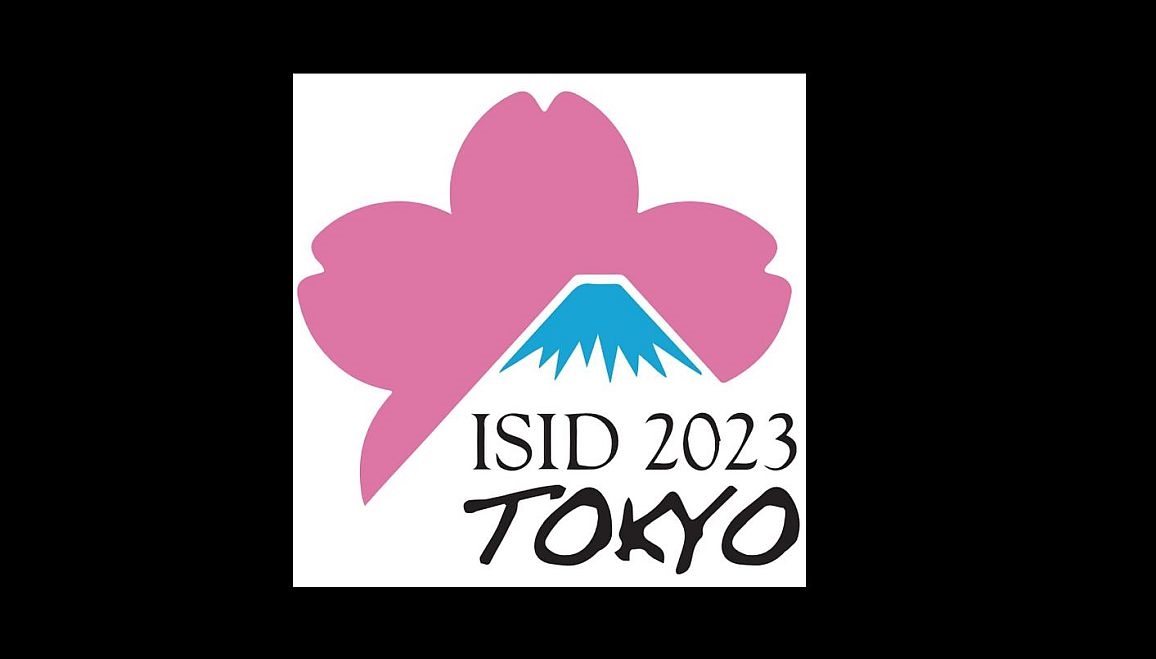Swiss research has reached Tokyo
The International Societies for Investigative Dermatology (ISID) wants to unit all international organizations of scientists dedicated to investigative dermatology and cutaneous biology with the purpose of encouraging and facilitating international collaborations. The first ISID meeting took place in Tokyo from 10 to 13 May and offered a scientific programme with current data and emerging scientific fields in dermatology and skin biology. Six researchers who conduct their work in Switzerland were awarded the ISID Travel Grant. We spoke to the six winners before the meeting and asked them to tell us a few words about the upcoming meeting and about their study.
Yun-Tsan Chang
Yun-Tsan Chang works as a research scientist in the Department of Dermatology and Venerology CHUV in Lausanne. He previously did his PhD at the University Hospital Zurich (USZ) and is now continuing his career at the CHUV. About his work Chang says: «My research focuses on cutaneous T-cell lymphomas (CTCL), a malignancy of skin immune T cells and their immune escape mechanism from therapy.» Chang is excited about the international congress in Tokyo. He looks forward to hearing about the up-to-date dermatology investigations and sharing his current research to others in this international congress. At the same time, he hopes to have more interactions with other researchers and potential collaborators. For Chang, the most important take-home message of his study is the following:
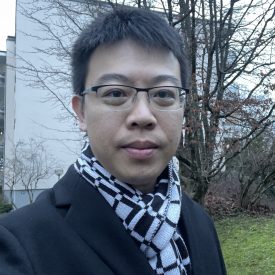
«Therapeutic approaches use immune responses are hallmarks of modern oncology. However, impairment of cellular immunity in cancer is a major problem to therapy. Understanding the mechanisms of cancer immune evasion is important for cancer therapy.»
Jennifer Keller
Jennifer Keller has done her MSc in Biology at the ETH Zurich and works now in the Department of Dermatology at the University Hospital in Zurich. Keller has more than two years of experience in the pharmaceutical industry, which showed her the great importance of available therapy and the production of vital medicines for patients. «This is where my desire to research diseases myself as part of a doctoral programme came from», Keller explains. Jennifer Keller was already interested in the immune response during her biology studies at ETHZ, which is why she is now fascinated by the inflammatory processes in the skin. «The relevance of this work for patients motivates me anew every day in my work at the USZ», Keller adds. At the ISID congress in Tokyo, the team around Jennifer Keller would like to create new collaborations that will enable a better understanding of different forms of psoriasis based on their insights, find new potential therapies, and help more patients. The most important take-home message of her study is:
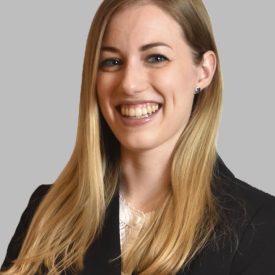
«In the context of psoriasis, keratinocytes recognise similar molecular structures as in a viral infection and release cytokines by means of pore-forming proteins, but no cell death takes place here, which may offer new therapeutic targets.»
Francesco Messina
Dr. Francesco Messina is Head of Clinic/Research Fellow at the Department of Dermatology, CHUV in Lausanne. After completing his specialisation in Italy, at the University of Padua, Messina came to the CHUV in Lausanne in March 2022 to carry out research projects under the direction of Prof. Conrad. «My interest in dermatology, and especially in inflammatory/autoimmune dermatoses, was born during my medical studies. I chose this specialization mainly because of its numerous research opportunities», says Messina. At the Tokyo congress in May, he hopes to share the results of the study, but also to learn new information, to receive new research ideas, and to meet colleagues from all over the world. When asked what the most important take-home message of his study is, Messina answers:
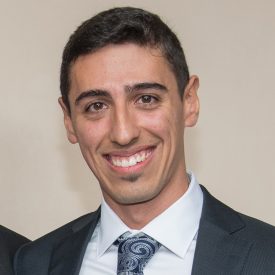
«In our study, we evaluated the characteristics of inflammation in pityriasis rubra pilaris, a rare pathology, which is similar to psoriasis in some aspects, but with important differences that may influence future therapy.»
Yasutaka Mitamura
Yasutaka Mitamura works as a post-doctoral researcher at the University Hospital in Zurich at the Swiss Institute for Allergy and Asthma Research. Mitamura has already worked as a dermatologist in Japan and did his doctorate there on the topic of «Pathogenesis of inflammatory skin diseases». Three years ago, Mitamura moved to Switzerland, where he now does research at the world-famous Swiss Institute for Allergy and Asthma Research (SIAF), as he calls it himself. «I can use cutting-edge technology here with other researchers from all over the world. My goal is to uncover the unknown mechanism of skin allergic diseases», Mitamura explains. From the Tokyo congress, Mitamura hopes to discuss his project with world-renowned scientists and get the hint to develop his project further. When asked what the most important take-home message of his study is, Mitamura answers:
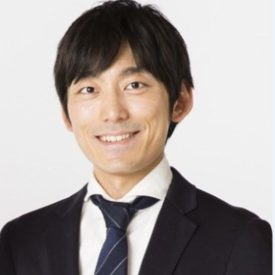
«Spatial and single-cell transcriptomics showed that there are atopic dermatitis-specific fibroblast and immune cells. They show close proximity in the leukocyte-infiltrated area in the lesional atopic dermatitis skin.»
Matthieu Tihy
Matthieu Tihy, Md-PhD, works as an Intern in dermato-pathology/clinical-pathology in the department of Pre Rubbia-Brandt at HUG in Geneva. Tihy has always been keen to link his medical practice with a research activity, which is why, in his second year of medical school, he joined the medicine-science course at the Université Paris Cité, where he did his medical training and a thesis in neuroscience. «Pathology is for me the discipline at the centre of diagnosis, at the intersection between the patient and research, and the path to personalised medicine, which is why I am currently doing dermatopathology in Geneva», says Tihy. He hopes to present his work in Tokyo and interact with researchers who are experts in skin biology, to learn about the major advances in this field, and to interact with other researchers and physicians in order to foster future collaborations. When asked what the most important take-home message of his study is, Tihy answers:
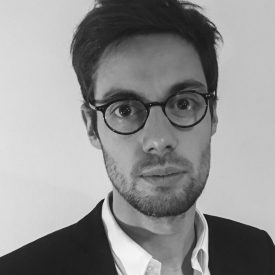
«My work focuses on the pathophysiology of covid-19-related chilblains. We used spatial transcriptomics to better understand their mechanisms at the cellular level, with a particular focus on the JAK/STAT pathway and immune cell recruitment.»
William Hariton
Dr. William Vincent Jacques Hariton is currently a Postdoctoral Researcher under the guidance of Prof. Eliane Mueller in the laboratory of Molecular Dermatology & Stem Cell Research at the University of Bern and the Bern University Hospital, Inselspital. As Dr. Hariton has obtained a PhD Specialization in Stem Cells and Regenerative Medicine, he is deeply committed to advancing the knowledge in this field to improve patient treatments and outcomes. He hopes that the Tokyo congress will give him the opportunity to share his team's latest findings with the diverse and highly qualified ISID2023 audience, as well as to establish new collaborations. «This is instrumental to promote the visibility and impact of our laboratory's research», Dr. Hariton adds and cites the study's most important take-home-message:
«Our study uncovers that Desmoglein 3 maintains stem cell quiescence and niche integrity in hair follicles. When Desmoglein 3 is functionally impaired it triggers a loss of intercellular adhesion and a regenerative response. The latter has not been described so far and could be a novel potential therapeutic target for regenerative medicine.»
